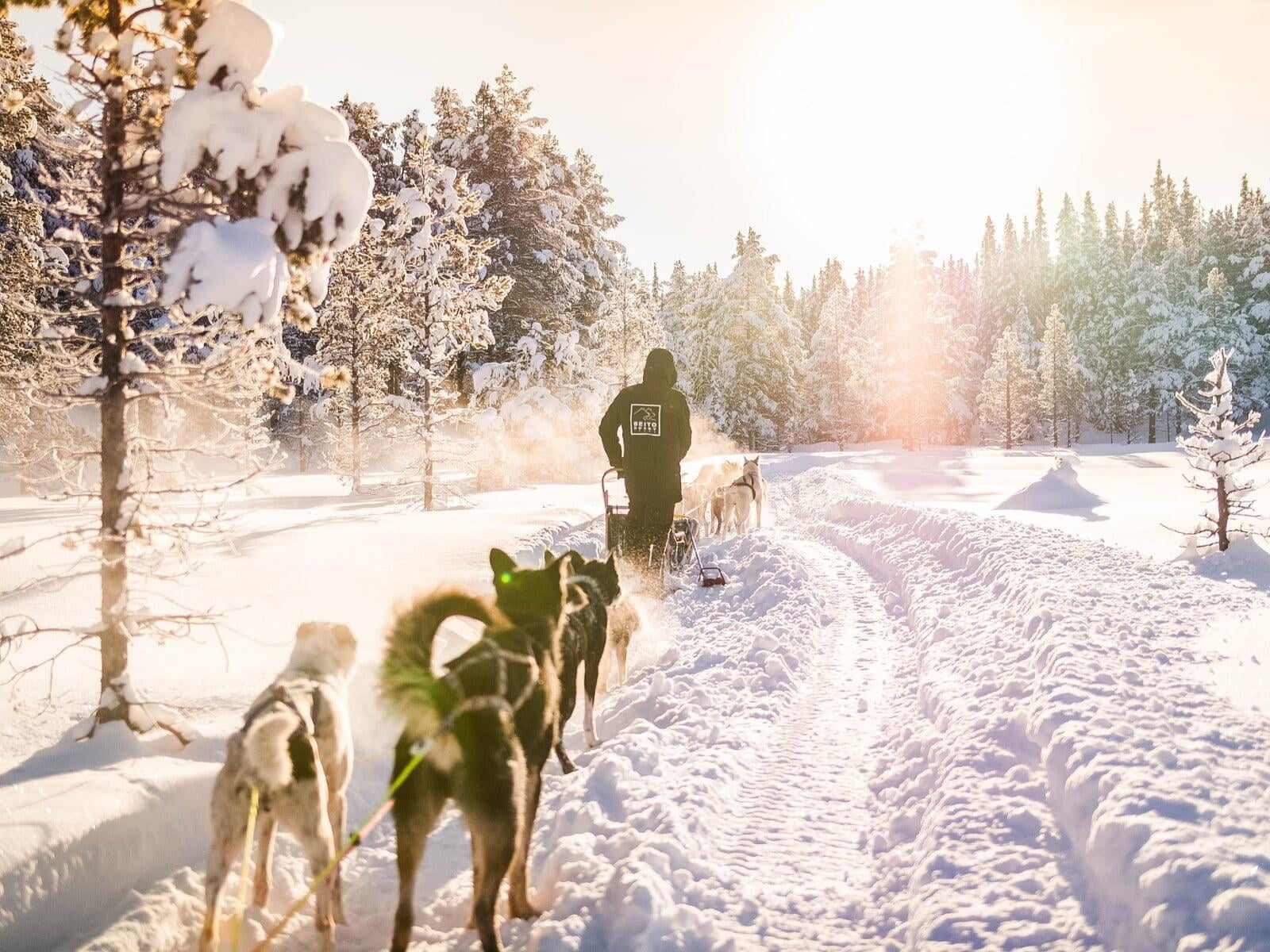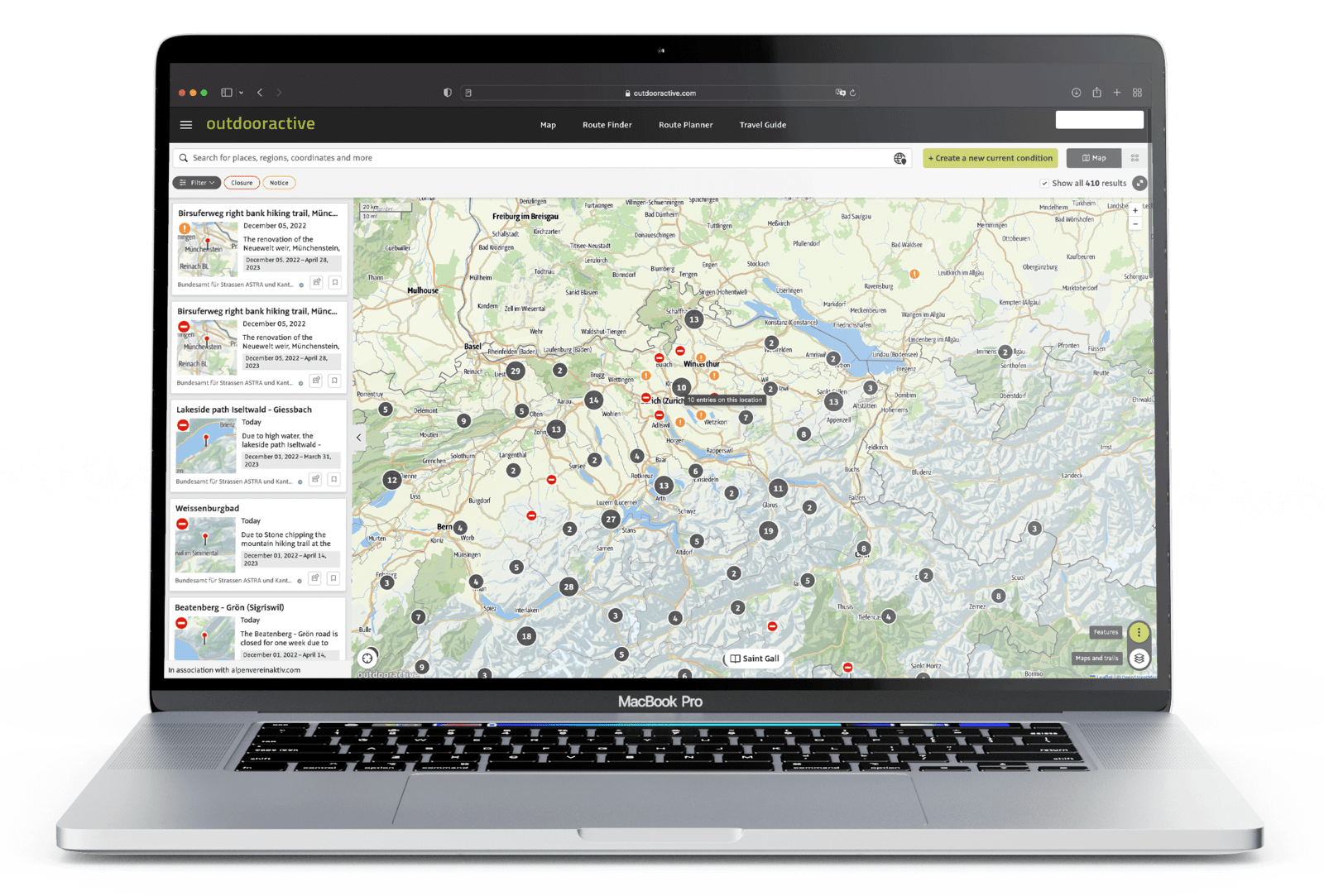There are few more annoying experiences for a visitor who has planned a trip than when they arrive to find that the bus, boat or cable car is not running, or that the restaurant is closed, the event cancelled, the trail blocked off, or there is too much snow - or too little. These things also do not lead to the best ratings and reviews!
Be the primary source of information
Taking sovereignty over your communication will only be successful if a destination is using the best and the most up-to-date data across all channels. If the data on Google, Instagram, or Tripadvisor is better, why would a user get their information elsewhere?
This is the role of the DMO
No one knows the opening hours, prices and menu better than the those running the restaurant itself. No platform can have as much data about a hotel as those managing the hotel. No one knows local products better than a region's producers - and no one knows the local sites and activities better than the locals themselves. Destination managers should be networking with all of these people. It may be that databases exits containing basic metadata, but what these usually miss is the more dynamic information that changes and needs to be kept updated.

Marketing can mislead
Destinations too often like to saturate their social media channels with great posts and images that create positive emotions. There is nothing inherently wrong with this, but such material can create an artificial picture and the 'promise' of something. When, how, and whether such promises can actually be kept is usually not on the marketing manager's agenda, but destination managers definitely need to be thinking about it.
Vacationing is a holistic experience

Partial information is insufficient. The chances of having a great day increase with each and every additional piece of information that can be provided. Examples include the weather, snow conditions, trail closures, forestry work, flooding, and forest fires. Equally relevant are opening hours, prices, seat and ticket availability, delays, detours, parking availability, et cetera. These are all critical to being able to safeguard or generate a good experience for visitors.
Drawing the information together
Nobody expects the destination manager to know everything himself. As with the data used in the Travel Guide and when creating the 'digital twin' of your destination, the data used to help manage current conditions needs to be drawn from various sources - which is what we are there to assist with.
Integrating data across platforms
We have been mastering data integration since 2004 to bring together everyone involved in tourism and connecting them on the Outdooractive platform. We manage the integration of global, national and regional services that are involved cartography, trail networks, weather forecasting, webcams, monitoring snow conditions, and ensuring safety.

Activating local stakeholders
As a destination manager, you have the knowledge of service providers and while you take care of communication we manage the data on your behalf.
It is important that the stakeholders themselves are placed in a position of being able to control their own data to ensure they have agency over their keeping information updated, without having to wait for others - and so they can see direct benefits.
- Accommodation providers definitely benefit from creating their own 'Accommodation' My Business account rather than waiting for other bookings to come in from regional databases.
- Points of interests like historical sights or restaurants can also sign up.
- Guided tours and events can be entered directly by those who register for a 'Guides' My Business account.
- Protected areas can maintain their data on Digitize the Planet by creating a 'Protected Areas' Pro Account on Outdooractive to manage official and recommended content for routes and trips.
- There is also an option for 'Trail Management' account.
- And, finally, search and rescue teams can also connect
Please contact us for more information.

